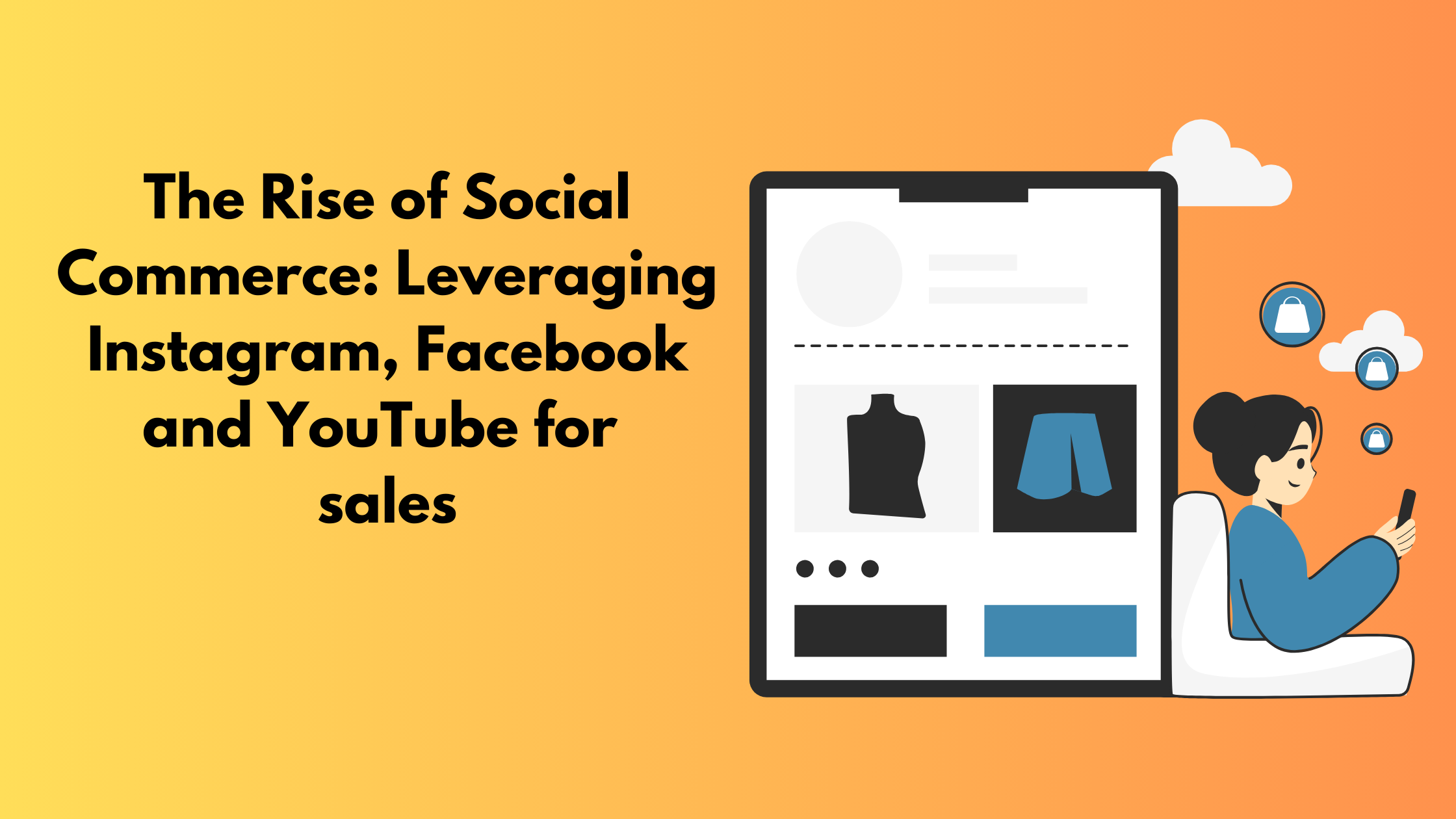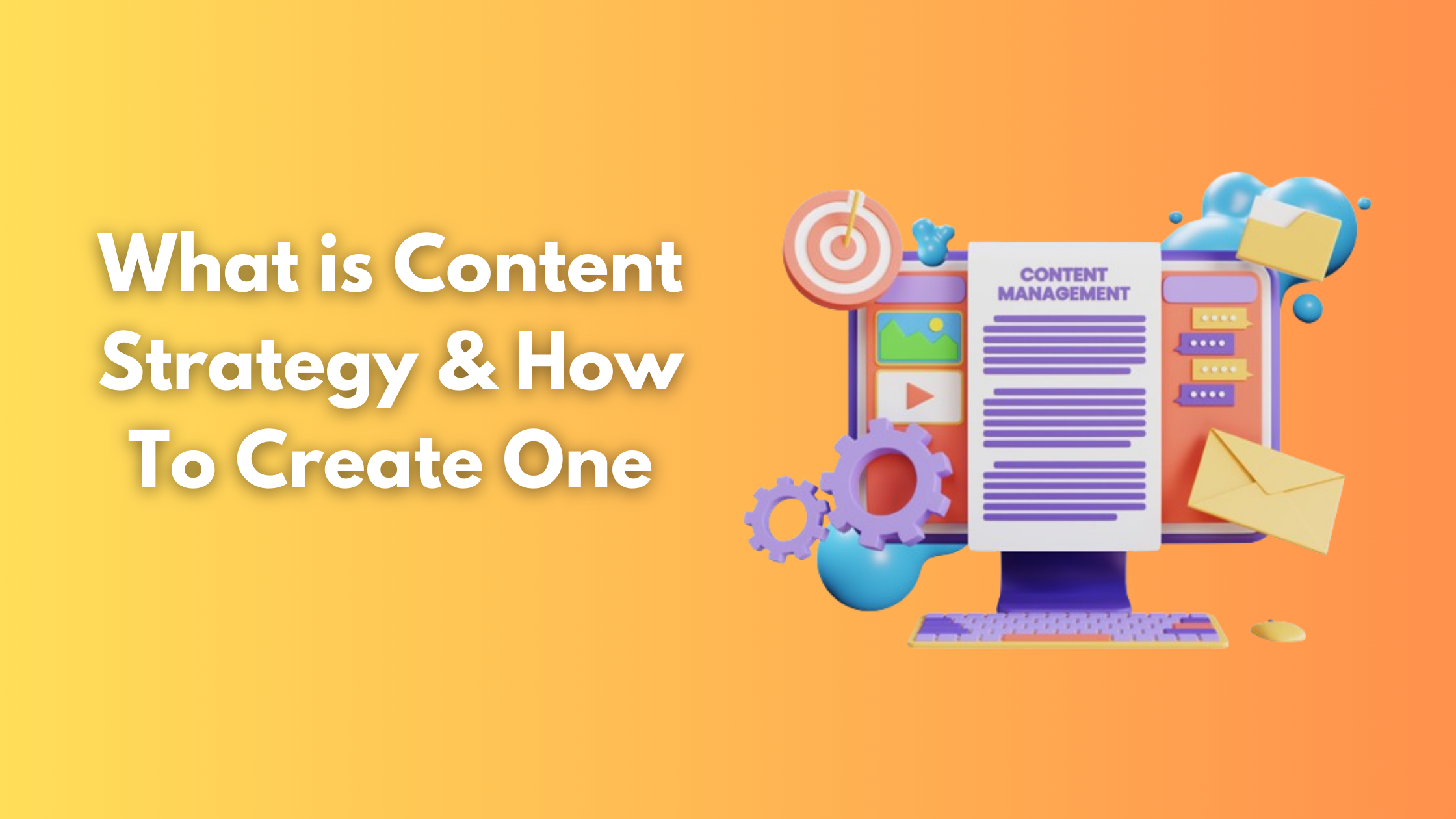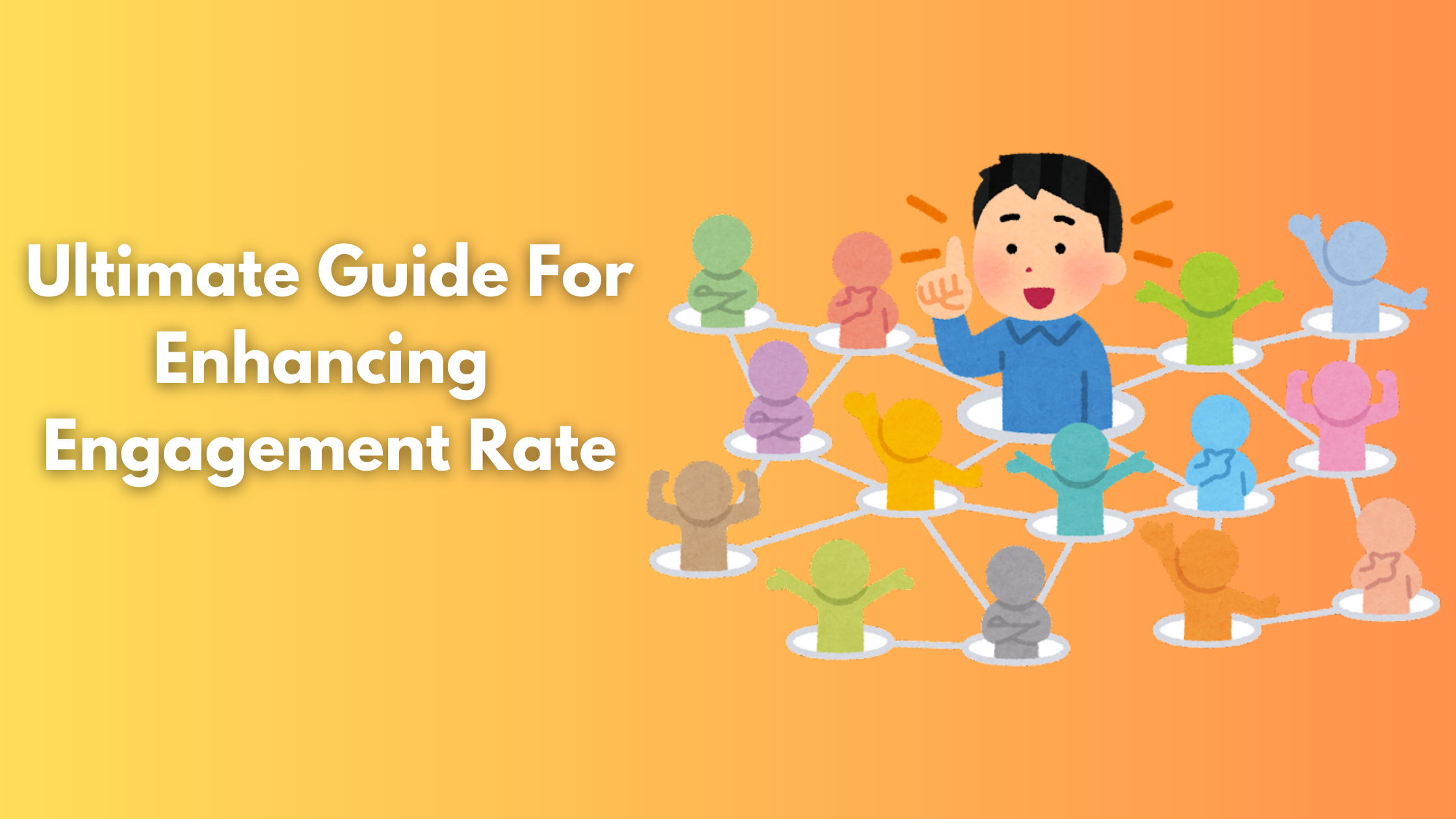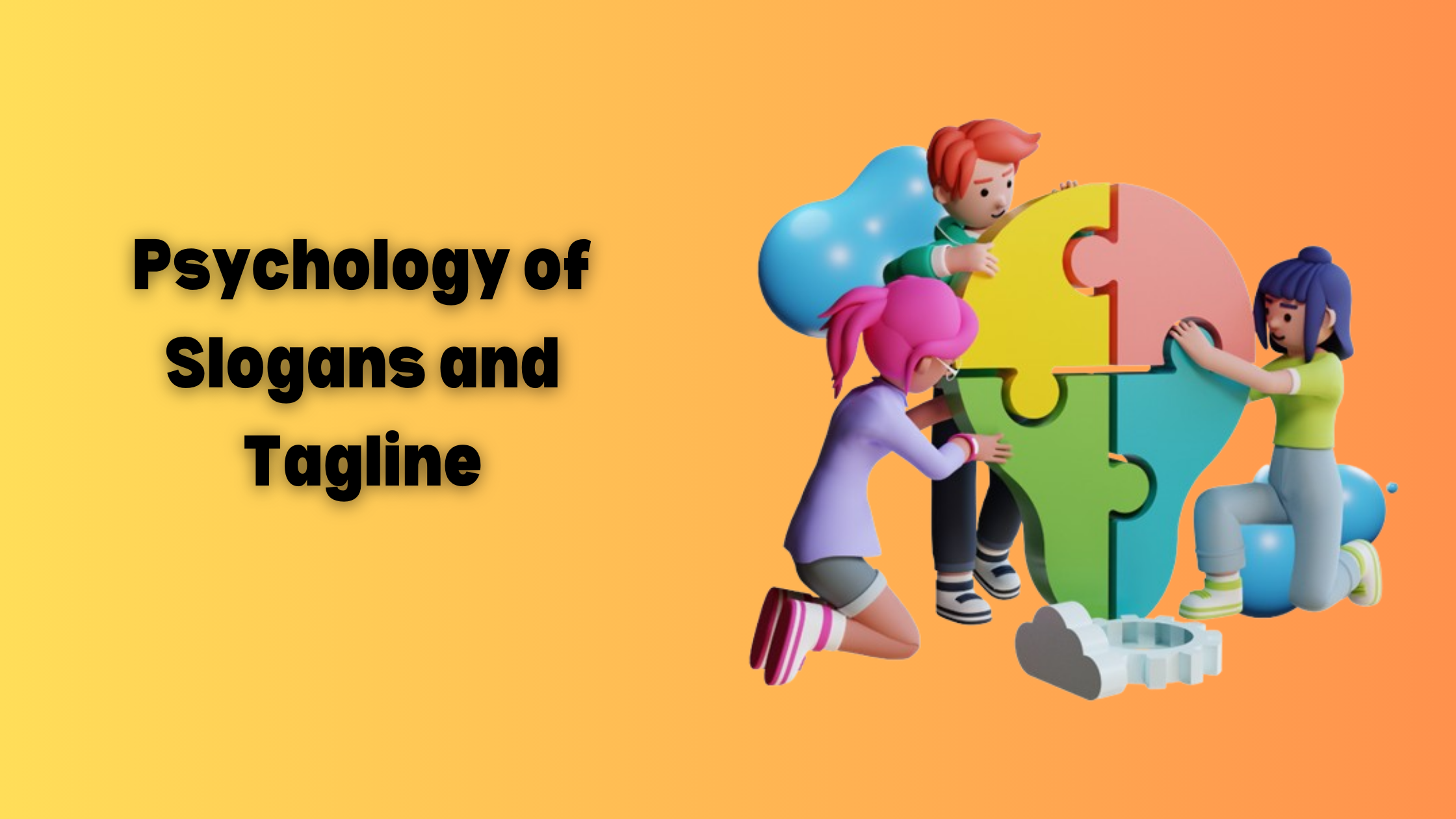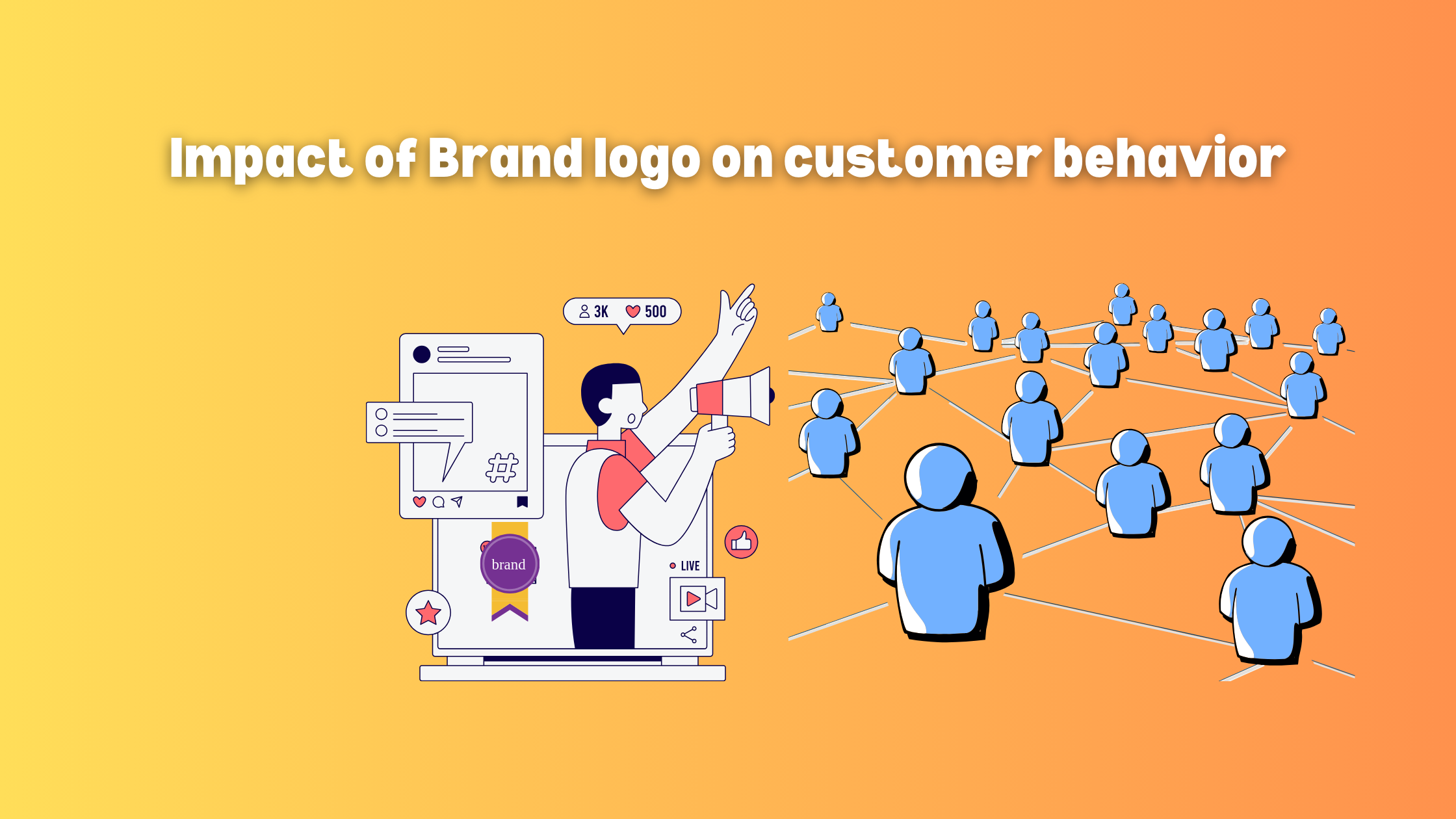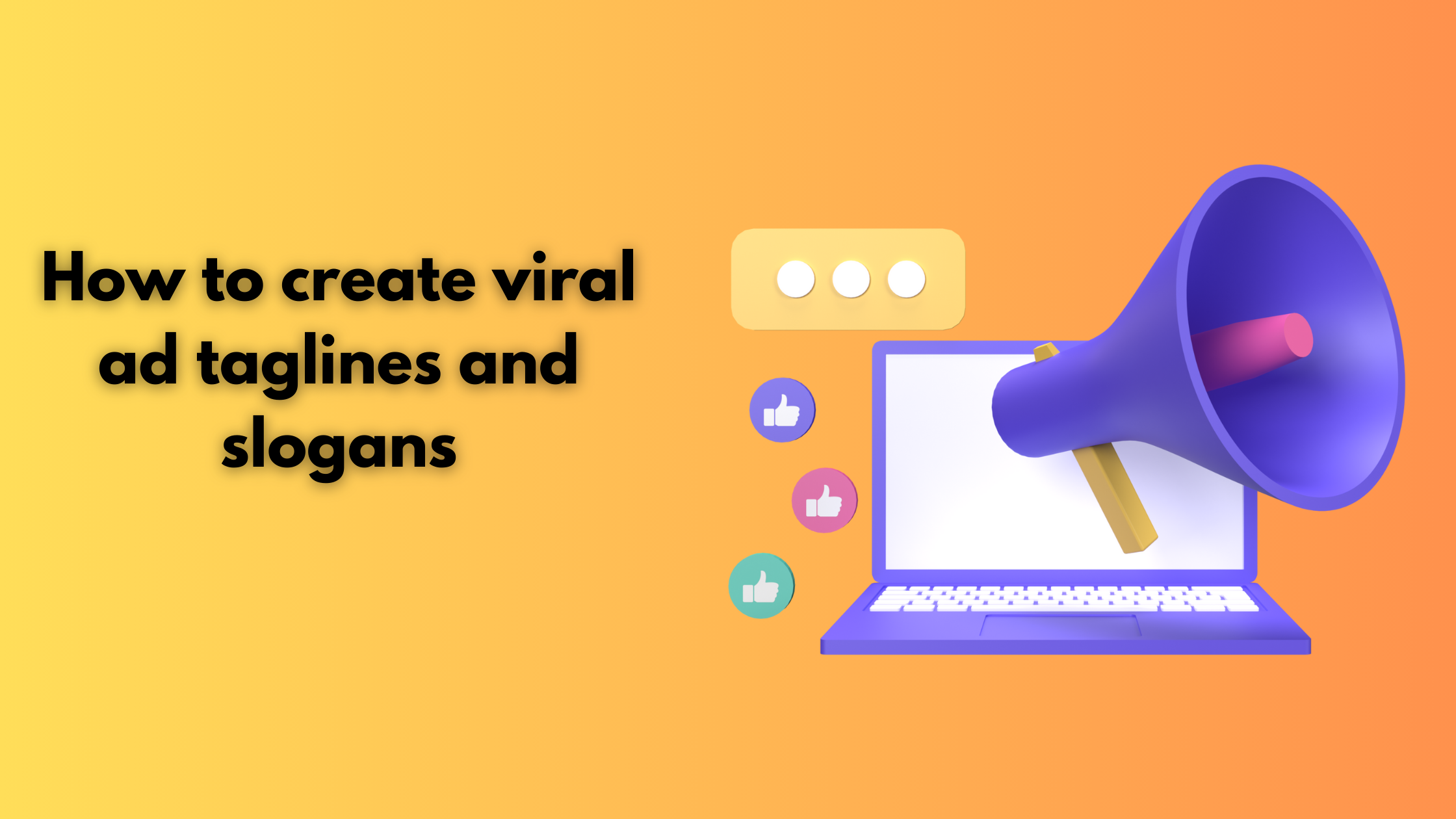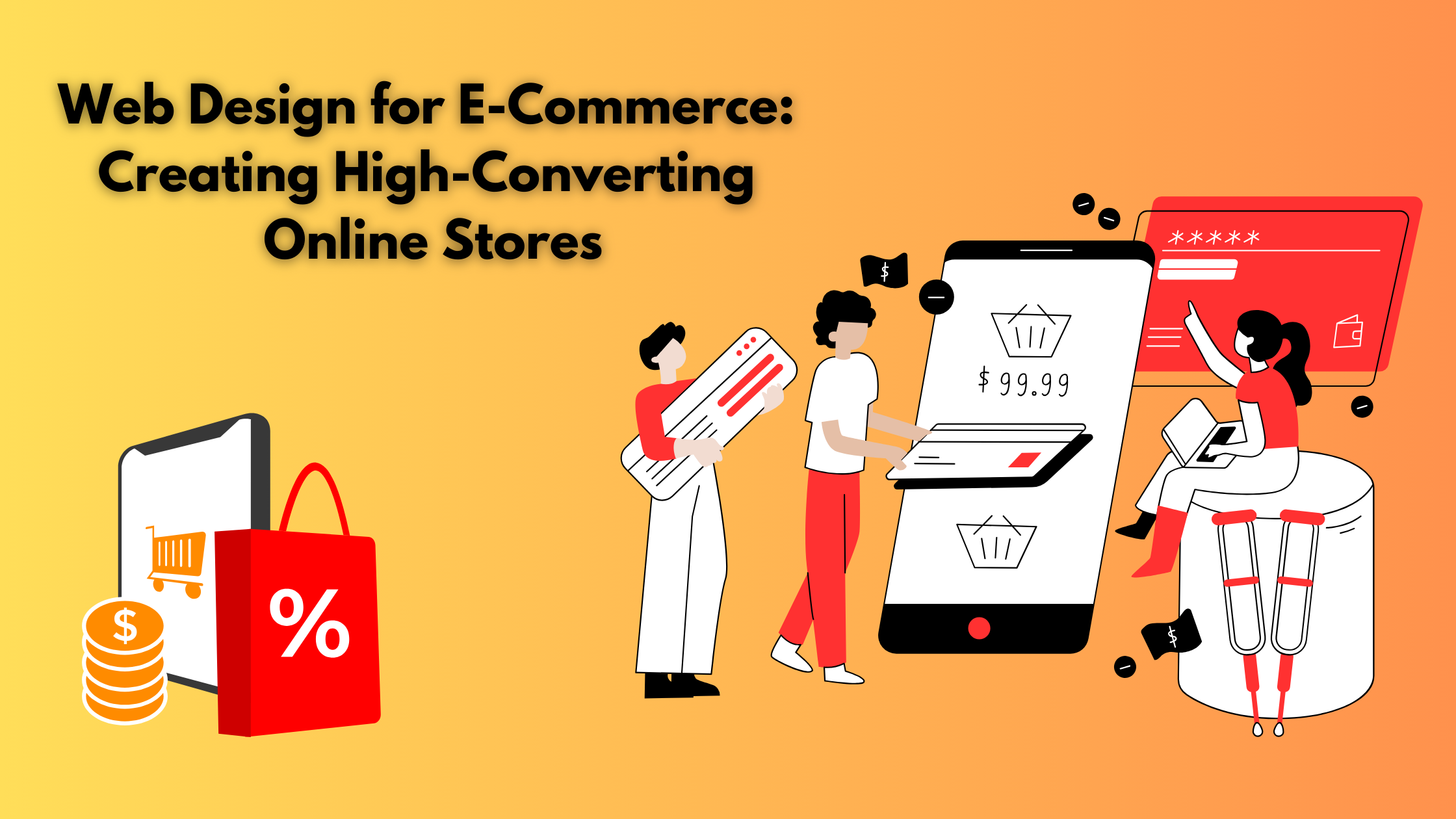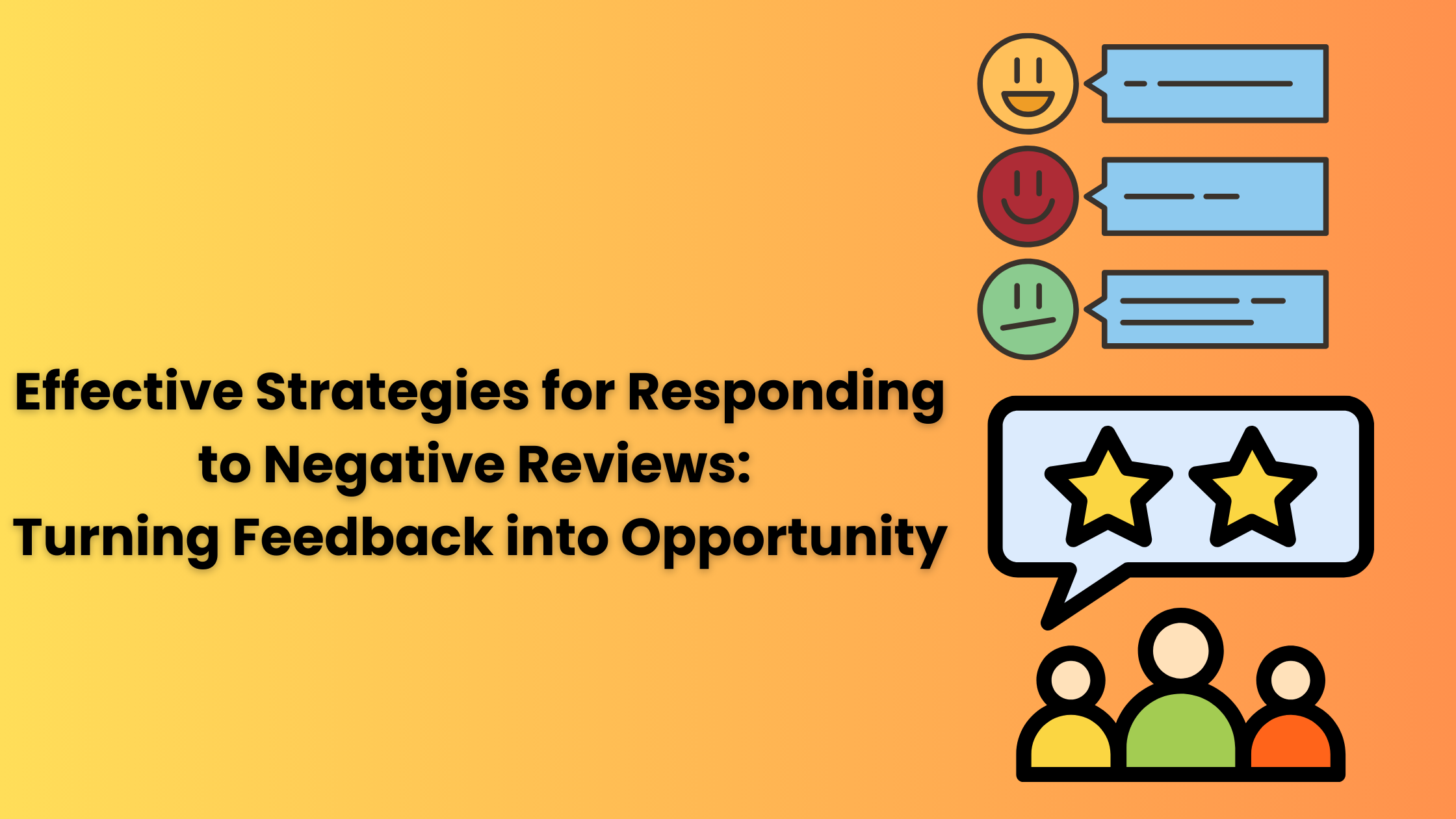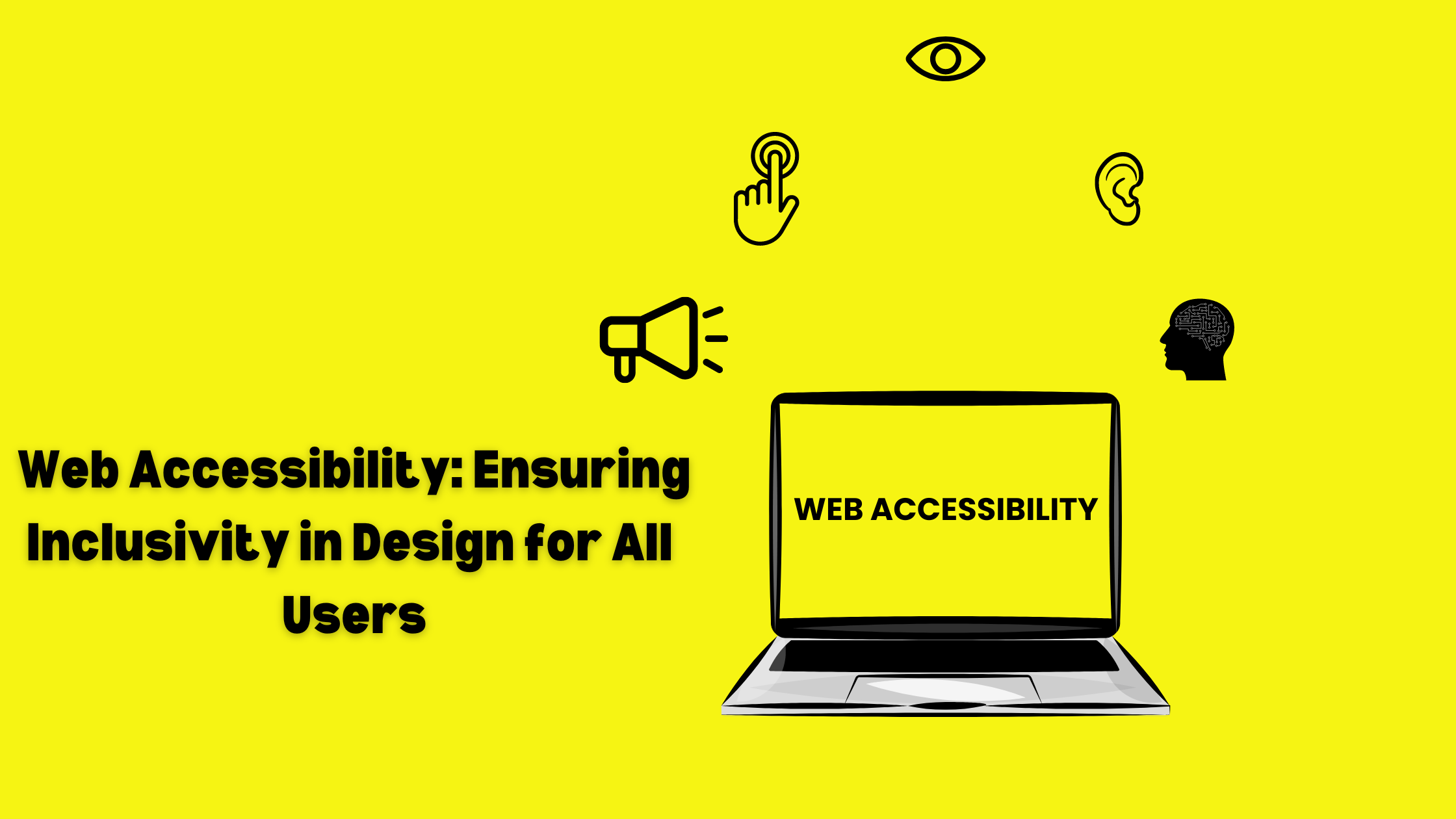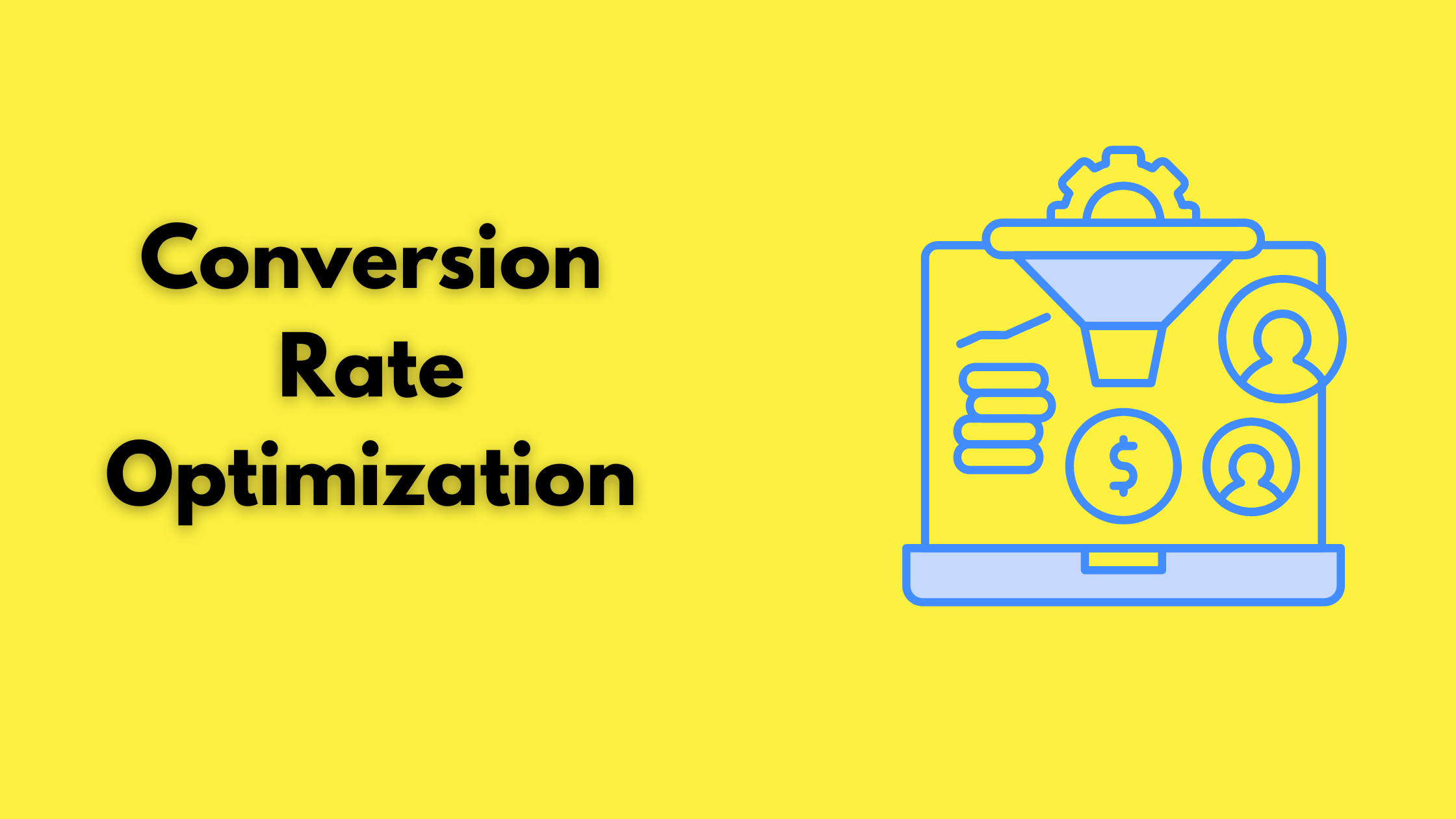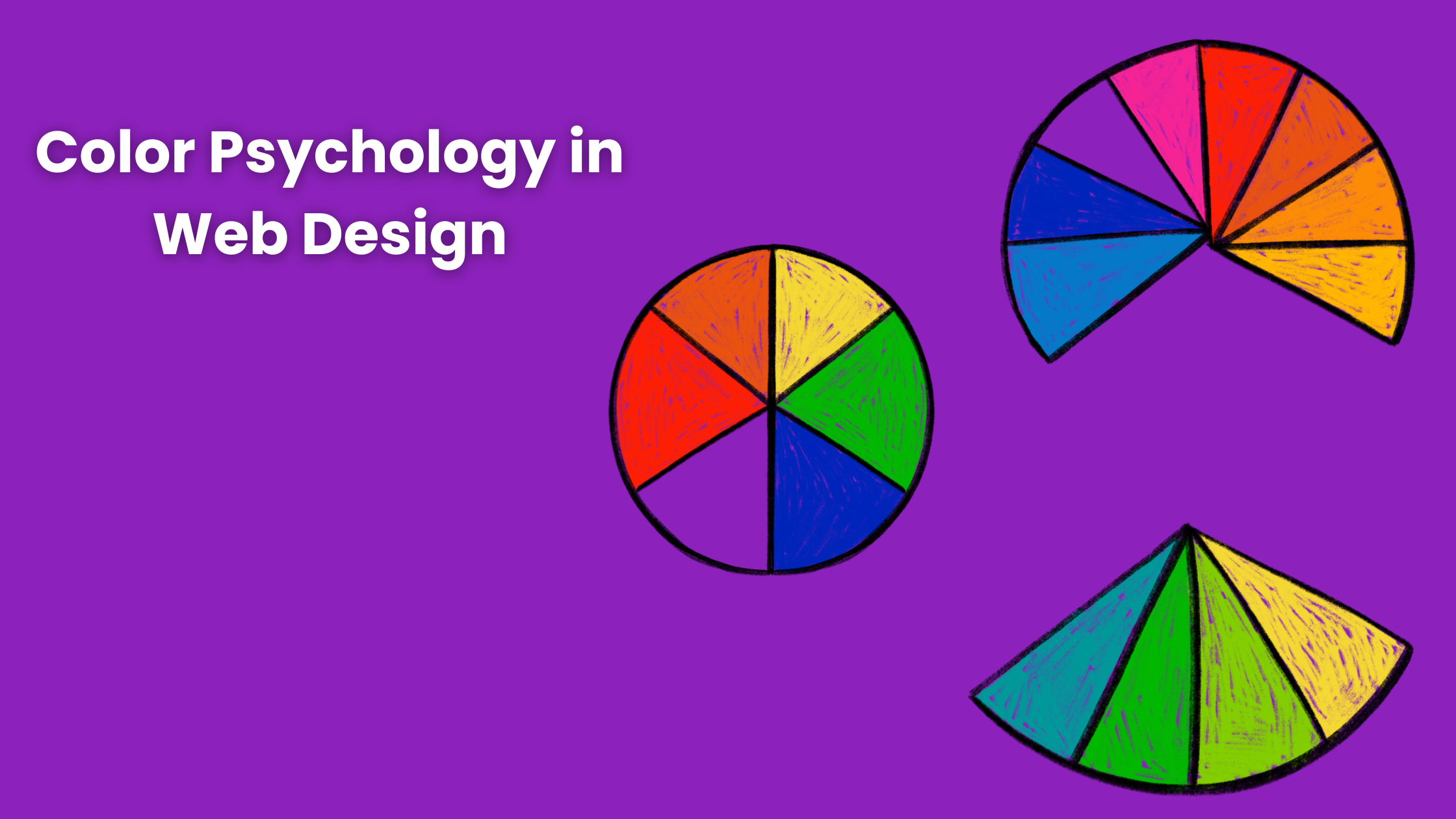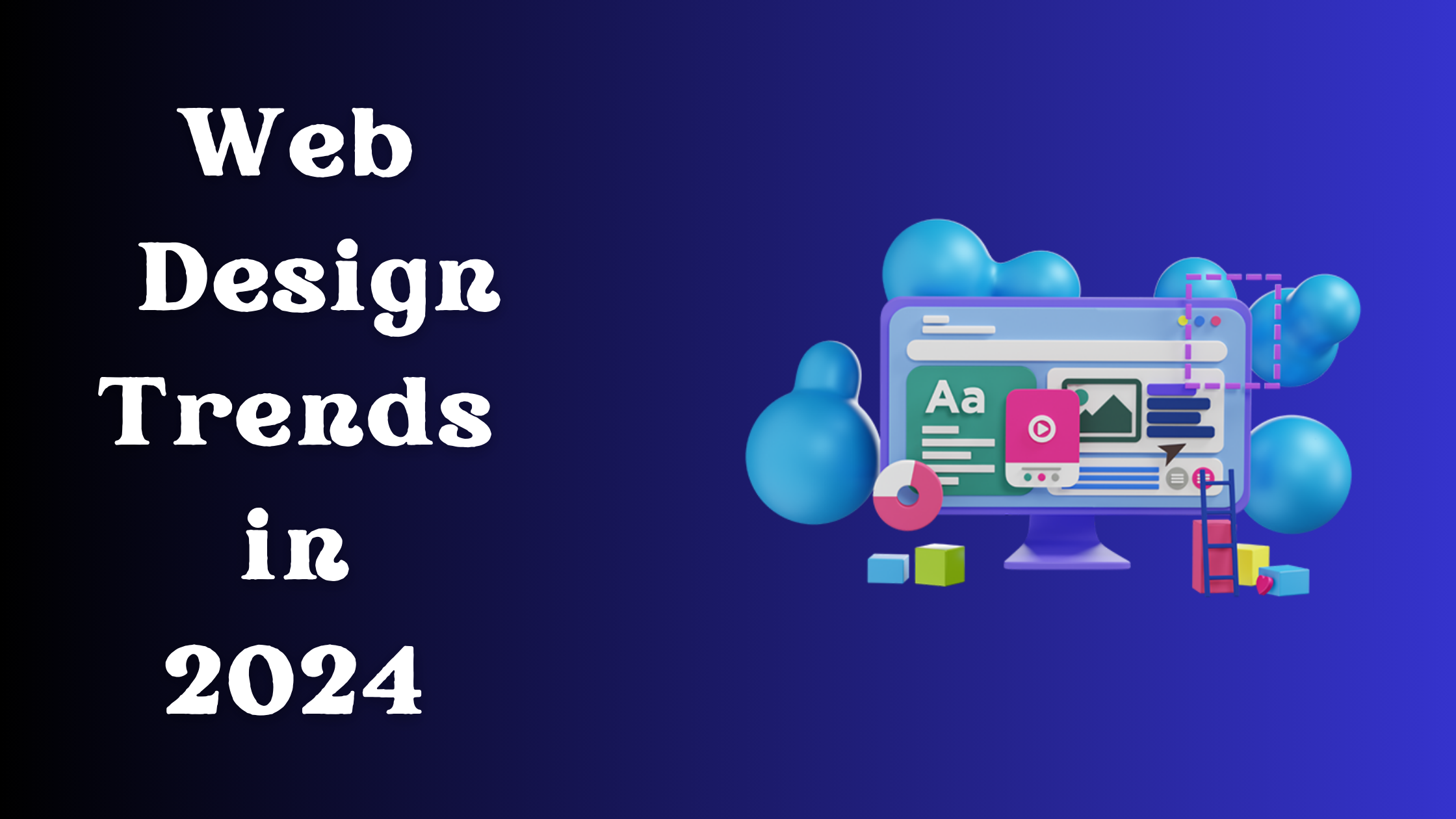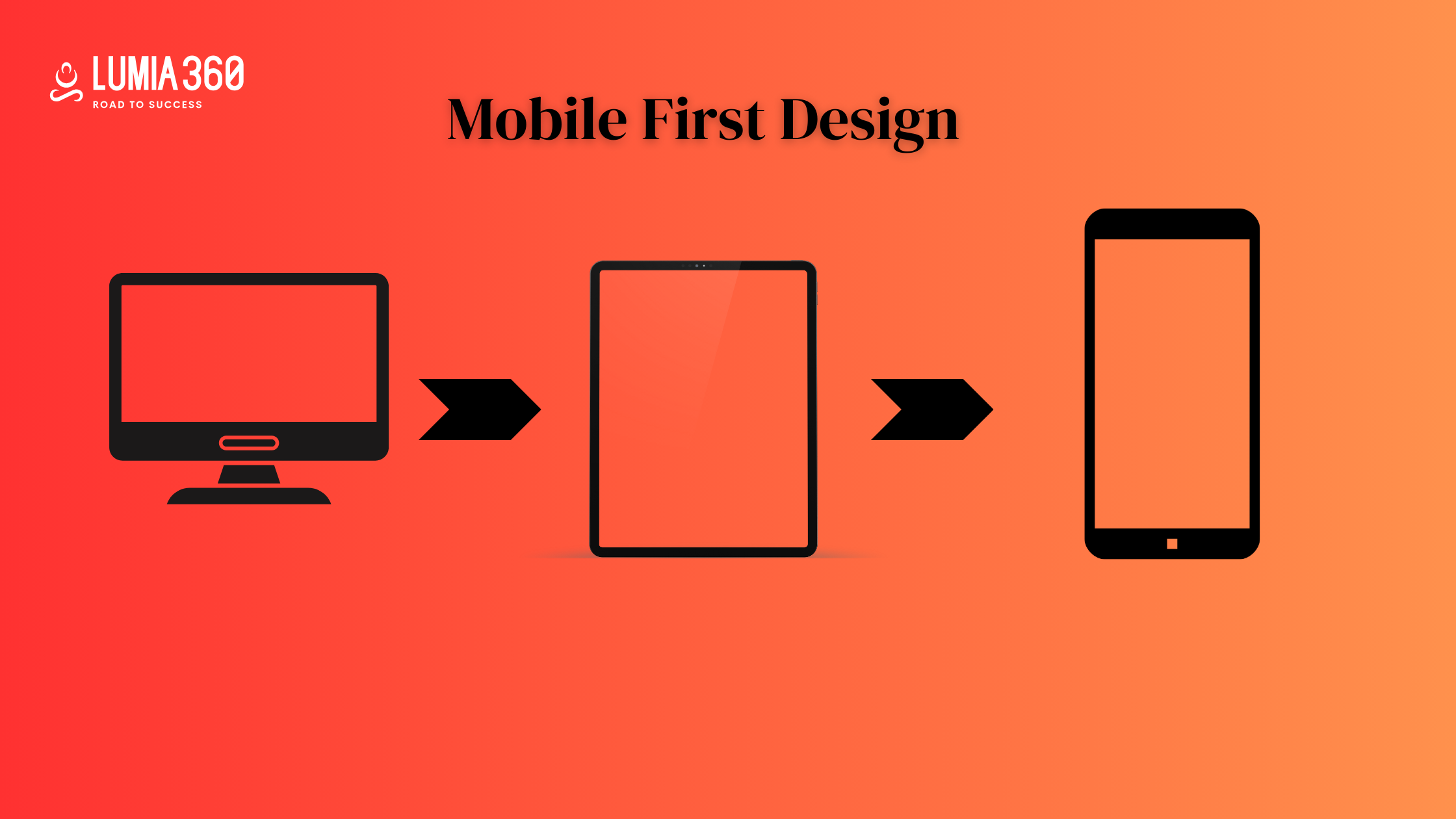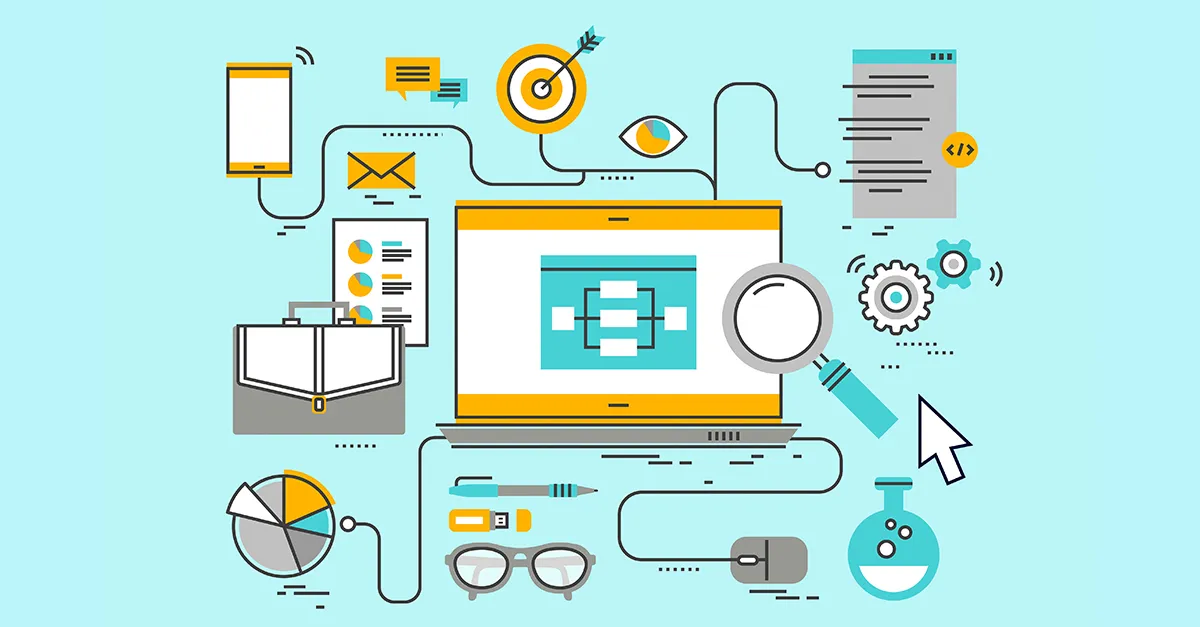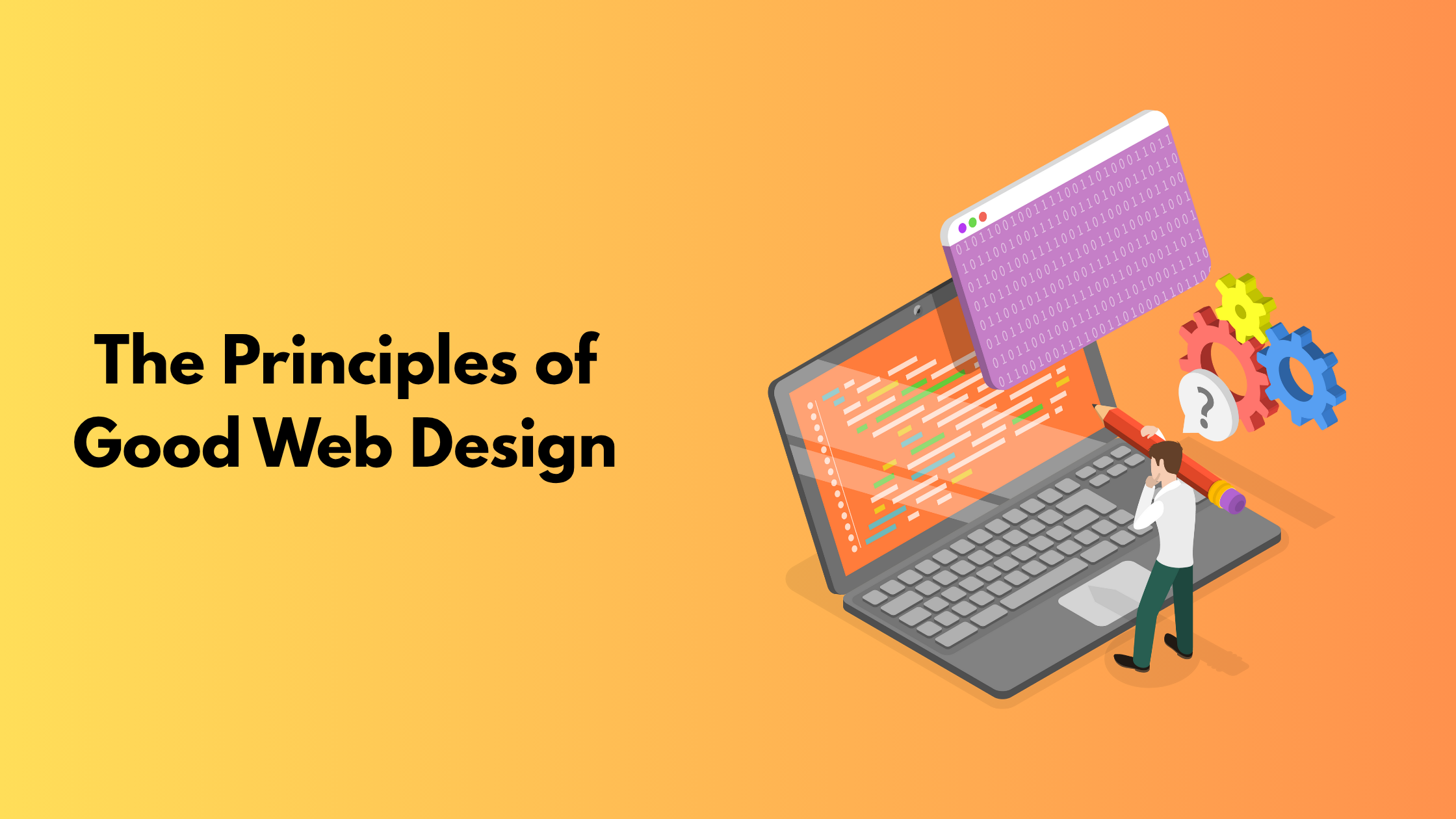
A design system is an ever-evolving industry; for this reason, your website should also adapt and grow. Design systems enhance collaboration, ensure consistency, and accelerate design and development. According to a study, 65% of companies use a design system. It is a scalable, flexible solution to meet changing needs and design new
According to an experiment conducted by Figma, designers working with a system completed their task 34% faster than those without it. Design systems can vary in size, complexity, maturity, etc. But it is important for delivering good products to customers.
A design system is the principles and standards that determine a brand’s design. In this article, we’ll learn more about the design system, its benefits, and its components. What constitutes a good design system and its examples?
What is a Design system and its components?
A design system is a collection of design and code decisions that everybody uses. It is a style guide that includes components such as buttons, etc, as design and code resources. It can be considered a framework of building blocks. It includes a collection of reusable components that have clear standards for use. These components can be used together to build new components.
It is evolving and growing. It has components and pages related to content, design, language, etc. It can be used as a toolbox from which you can build any product. It is available online so that everyone in the company can access it.
It includes foundational principles to guide decision-making. It helps in setting the tone of the brand, providing a personalized user experience, etc. It consists of brand-specific iconography, typography, color palette, etc. It helps in building a consistent brand. The component library includes reusable blocks such as buttons, checkboxes, etc. These, along with foundational elements, build a consistent and unique brand identity.
Design systems provide efficient solutions for login flows, search bar, navigation menu, form validation, cta, etc, in building brand loyalty and enhancing user experience.
Benefits of a Design System
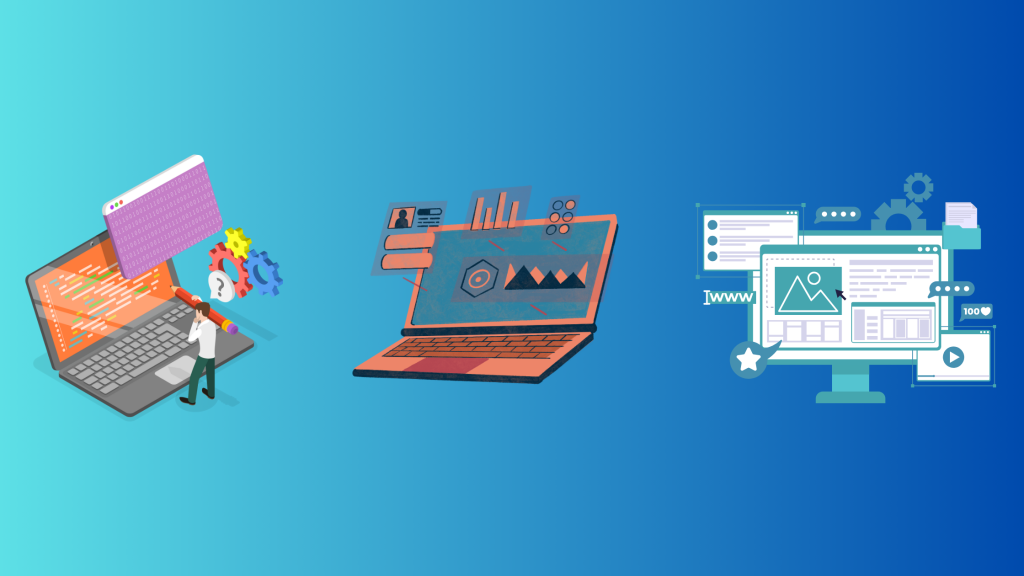
The design system improves workflow, business goals, and user experience. It is important to know the benefits of a design system to avail its opportunities to the fullest.
- Development: With a design system in place, designers don’t have to start from level 1. They have guidelines on where to put buttons, which colors to use, which icons to use, etc. This saves time and helps in developing the product fast.
- Collaboration: Design systems provide a shared design language that will improve collaboration within the teams and make it more functional. Also, they have the latest version of various features, so that your product is optimized.
- Consistency: As your team works on different projects such as webpages, apps, social media posts, etc, it helps in delivering a consistent experience across every channel.
- Scalability: The Design system gives freedom to everyone, including freelancers, marketing, and advertising agencies, to make design decisions. Otherwise, in the absence of such a system, only the designers and coders have a say in it. This distributes the workload and ensures a smooth functioning of the organization, where you don’t compromise on product quality.
- Efficiency: When all your designing and branding elements are stored in one place, it is easy to find them and use them. This helps in putting more attention to product enhancement and providing value to customers.
Examples of Design Systems

Here are some of the design systems on well-established design systems
- Shopify: Shopify’s Polaris design system is a one stop for all the stories that use their system. It includes building blocks such as design elements and content that help Shopify merchants in creating a smooth user experience.
- BBC: The BBC’s global Experience Language is a design system that includes design patterns, foundational elements, and all how-tos, helping ensure that everyone in different teams is on the same page. This system also includes playbooks and articles to ensure there is no design problem.
- Audi: Audi’s design system includes everything from the “Getting Started” guide to regional and global components that you would require for designing a product.
- Adobe Spectrum: Moving between the Adobe products is relatively intuitive. It is because they build using the spectrum design system. It offers a unified set of components and tools for a cohesive experience. This system also allows for easy recombination to meet new challenges.
- Google Material Design: Google Material Design was launched in 2014, while its latest version, Material You, was launched in 2021. It is a design guide for developers making Android apps and other products in the Google universe. It is built on the principle of individual customizability while maintaining Google’s distinct look and feel.
Design systems save an organization’s time and money. It ensures quality work at an efficient speed. It also ensures a smooth user experience by ensuring consistency and accessibility. It helps in eliminating errors and is cost-effective. Lumia 360 offers digital solutions to small and medium enterprises. If you need any help related to the design system, we are there to guide you. Email us at info@lumia360.com or call us at 514-668-5599.
Read Also: Performance Marketing Strategies for eCommerce
Read Also: How To Write An Effective Email Copy






